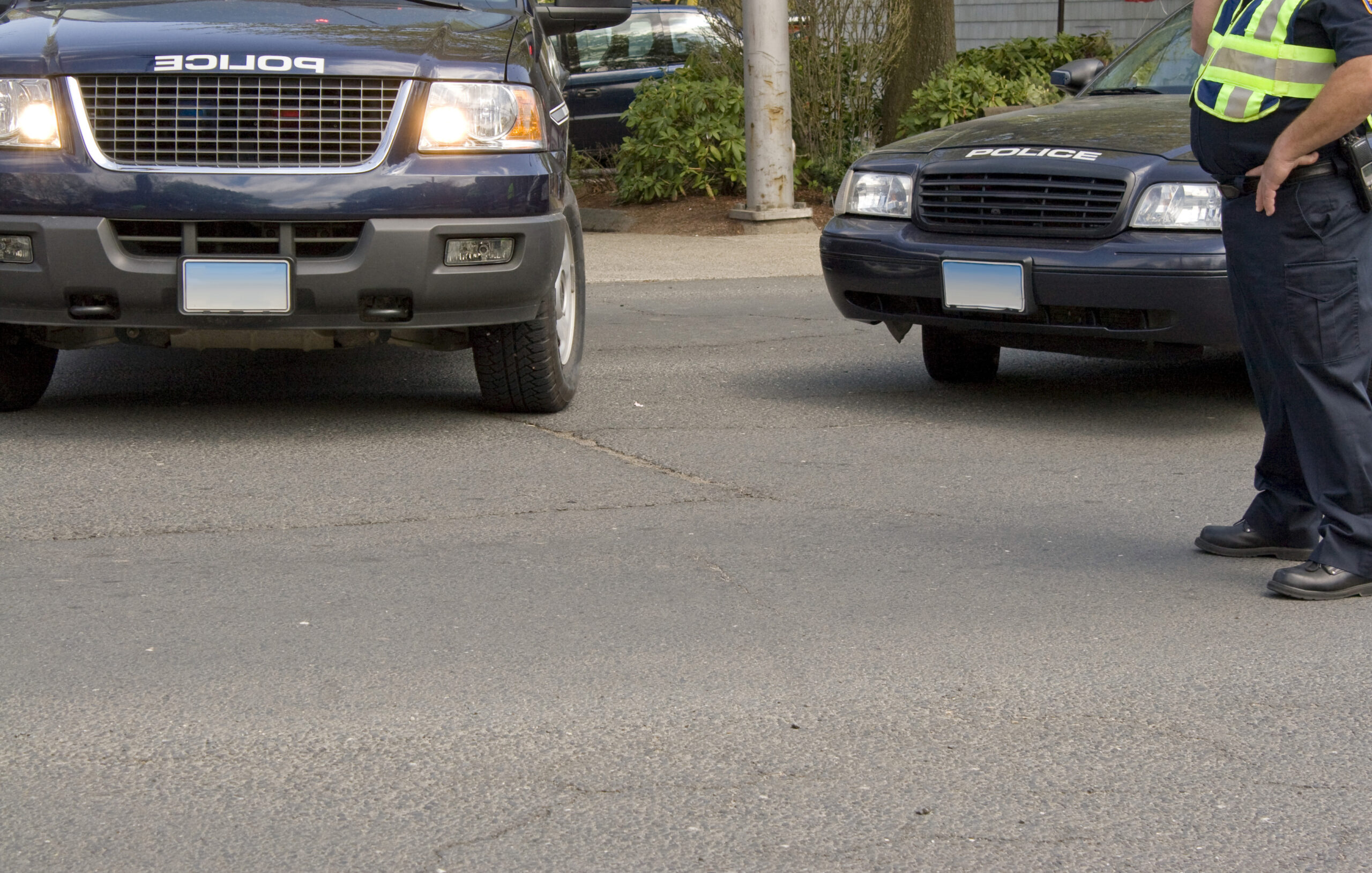Crime Scene Cleanup – What You Need To Know
The aftermath of a crime or traumatic event can be emotionally taxing for those involved. Alongside the physical reminders left behind – blood, bodily fluids and other biohazards- comes an emotional toll that requires specialized care from trained professionals who understand what they’re dealing with in terms of both cleanup needs and psychological impacts on all parties affected by such incidents as murder, suicide or accidental death scenarios.
Hiring skilled technicians is essential when it comes down to handling these situations properly; not only do they ensure proper disposal methods are followed but also provide restoration services aimed at making sure everyone has closure following such tragic events while minimizing any further harm caused by exposure to hazardous materials present during clean up operations. With this level of expertise available through professional assistance offered by highly qualified individuals who have undergone extensive training programs specifically designed for Crime Scene Clean Up tasks – one can expect nothing less than top quality results every time!

The Most Common Types of Crime Scenes
Professional cleanup services are essential for several types of crime scenes. Some common examples include:
Homicides are violent crimes where one person intentionally kills another. These scenes often involve large amounts of blood and other bodily fluids that pose significant health risks if not properly disposed of. Its important to take necessary precautions when dealing with these types of situations.
The aftermath of a suicide can pose significant risks to those who come into contact with the scene. The use of firearms, drugs or sharp objects may leave behind dangerous substances that require careful removal by trained professionals. It is crucial for individuals involved in cleaning up these scenes to take all necessary precautions and seek expert guidance when handling hazardous materials.
Unintentional injuries resulting from accidents such as car crashes, falls or drowning can lead to significant blood loss and tissue damage. These incidents are often referred to as accidental deaths due to their devastating impact on individuals’ health outcomes.
Blood, saliva and other biological matter left behind by assaults, robberies or break ins require thorough sanitization. Trauma scenes can be challenging to clean up but its essential for health reasons that all traces are removed completely.
The Process of Cleaning Up a Crime Scene
When it comes to dealing with hazardous materials at a crime scene professional cleaners adhere strictly to protocols. Here are some steps they take:
The team will commence the cleanup process only after securing the site to prevent contamination and protect evidence. This is crucial in maintaining a safe environment for all involved parties during this critical time period. The importance of such measures cannot be overstated as it ensures that no harm comes from any potential hazards or risks associated with exposure to dangerous substances at hand. With these precautions taken care of, the team can proceed confidently knowing they have done everything possible within their power to keep everyone out of harms way while working towards resolving issues quickly yet efficiently.
To ensure thoroughness in identifying potential sources of contamination technicians will meticulously examine all possible factors such as blood, body fluids and chemicals. This approach ensures that no hazardous substances are overlooked during the process.
To ensure the safety of everyone involved in cleaning up hazardous substances we take great care to remove all contaminated materials from the premises. This includes carefully bagging each item and transporting it away from any potential harm. Our goal is always to minimize exposure risks while maximizing efficiency during this critical process.
To ensure that no pathogens remain after removing contaminated materials the technician will apply an EPA registered disinfectant solution. This step is crucial in eliminating any potential health risks associated with mold or other hazards. With this thorough approach to cleaning up affected areas you can rest easy knowing your home or business has been thoroughly sanitized and made safe again.
To eliminate unpleasant odors caused by decomposition or other sources deodorizers are utilized to neutralize the air. This process is essential for creating a comfortable and welcoming environment in any space. With effective use of these products you can ensure that your home or workplace remains fresh smelling at all times!
Crime Scene Cleaners – Safety First
Crime scene cleaners must take necessary precautions to protect themselves from potential hazards while performing their duties. They wear personal protective equipment (PPE) such as gloves, masks, suits and boots for added protection against contaminants or other dangerous substances present at the crime scene. In addition they should adhere strictly to safety protocols like wearing appropriate clothing and using proper ventilation systems when handling potentially infectious materials. These measures help ensure that these professionals remain safe throughout their workday.
To ensure that technicians are equipped with the necessary skills and knowledge for handling hazardous materials and operating cleaning equipment they must undergo thorough training. This is crucial as it helps prevent accidents or mishaps during their work activities. Properly trained professionals can handle these tasks safely while delivering quality results without compromising on safety standards. Therefore investing in proper training programs should be a priority for any organization dealing with such substances regularly. It ensures both employee wellbe being and compliance with regulatory requirements governing safe practices at workplaces.
To reduce the risk of infection workers should take precautions such as wearing PPE and avoiding contact with contaminated surfaces. This will help limit exposure to potentially infectious material.
To maintain the integrity of a crime scene or accident site its essential to take precautions against cross contamination. This involves being mindful about how different areas are separated and ensuring that all personnel adhere strictly to protocols designed specifically for this purpose. By doing so we can ensure that evidence remains untainted by outside influences.

Regular monitoring of air quality during the cleanup process is crucial in ensuring that everyone involved remains safe. This measure helps guarantee a healthy environment throughout this undertaking.
The Psychological Effects of Crime Scene Cleaning
Crime scene cleanup can be a challenging job that takes its toll on an individuals mental health. Exposure to graphic images and disturbing events puts workers at risk for post traumatic stress disorder (PTSD), anxiety, or depression. Employers must prioritize providing counseling services along with support groups as part of their duty towards employees who work in this field. These resources help alleviate the emotional burden associated with such jobs.
Final Thoughts and Conclusion
The aftermath of a violent crime can be traumatic for both victims and their loved ones. Crime scene cleanup is more than just wiping away bloodstains; it requires expertise, sensitivity, and compassion to restore order and peace of mind in affected communities. By understanding the different types of crime scenes as well as safety measures while acknowledging psychological impacts on individuals involved with such incidents one gains insight into why this service plays an essential role in maintaining public health and safety standards.
